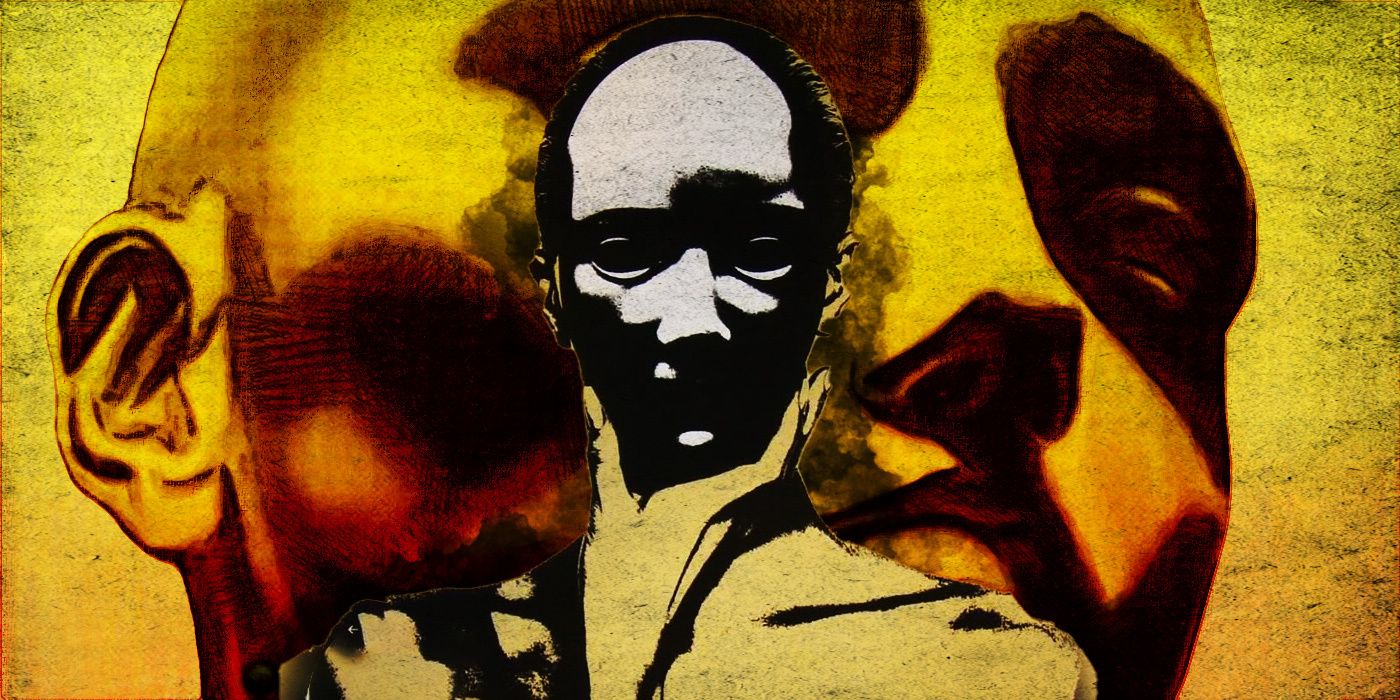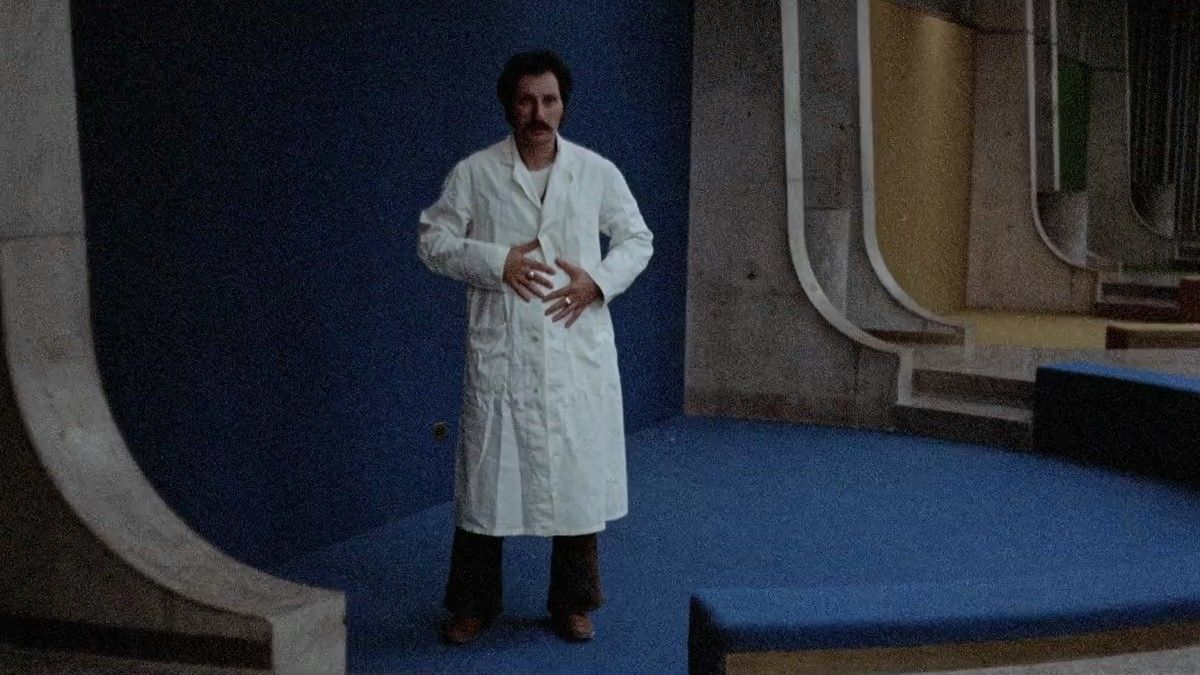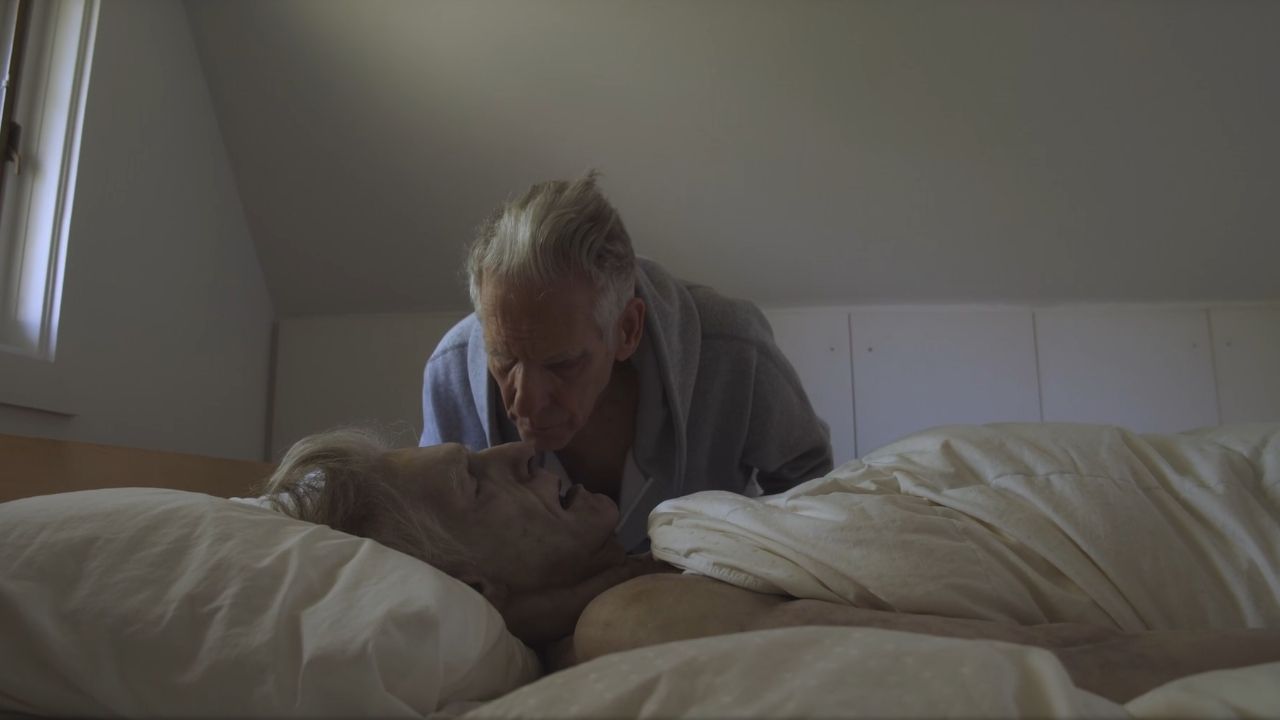One of the most interesting things you can do with an iconic director is to take a look back to where they started. While their early work may be rougher and not quite as fully realized as their later films, it still can be fascinating to see them working with ideas that would become central to their cinematic identity. David Cronenberg is no exception. Long praised as being one of the foundational directors of body horror, he has always harbored a fascination for transformation and the squishiness of the corporeal. From iconic works like The Fly to the upcoming new film Crimes of the Future, his first feature in a decade, Cronenberg remains a true one-of-a-kind visionary who treads his own strange path. To understand part of why this is, it is worth going back to one of his earliest works, 1970’s Crimes of the Future.
It is important to note that this film is not related to his upcoming feature. They both share the same title (and the same director), though that is the extent of their connections. The new film is not a remake or a sequel, it just lifted the name from the past. Now showing at Cannes, it is much more ambitious in scope as it tells the story of a future where humans have adapted to a synthetic environment by transforming themselves via surgery. In this new world, we find ourselves focusing on the struggles of a celebrity performance artist and his partner, who put on displays of him doing such transformations with his organs. You know, just your average night out to go see some famous guy do some weird stuff with his internal meat. No big deal.
The “original,” if it can be even called that, could not be any more different. It is a film that works within the limits of its very low budget to mixed results that still remain useful to deconstruct. Much like his first feature, Stereo, it is an entirely silent film save for creaking sounds that can loosely be called a score and recurring narration which fills in some gaps while also opening up entirely new ones at the same time. What separates this sophomore effort from his prior work is that this was the first time Cronenberg shot a feature in color, allowing us to see smaller details, from the painted nails of a hand holding a cigarette to the blood splashed on a shocked face or multicolored panels in the darkness of a room.
As for what it is actually about in terms of plot, well, that is the least interesting part of the film. It tells the story of a plague as a backdrop for a man named Adrian Tripod (Ronald Mlodzik), who is the director of a dermatological clinic he calls the House of Skin. In this crisis, his mentor has gone missing and Adrian is attempting to search for him. This doesn’t particularly matter as it is all just provided the skeletal structure for the fleshy exterior of what Cronenberg seems interested in. Most of it is about wandering around, stumbling into bizarre and increasingly horrifying situations. There is everything from an extended foot fetish sequence that would make Quentin Tarantino blush to a brief aside where a man does ballet stretches in a hallway. Oh, plus there is a room full of orbs mixed with pseudoscientific musings with references to oceanic therapy and perversion as being present in the world.
It is a dark, polarizing, elusive, and depraved film that most certainly won’t be for everyone. What makes it so essential is seeing how Cronenberg was playing with ideas that he would more thoroughly excavate in later films. It is a prime example of seeing how, even when working with a shoestring budget, filmmakers begin to construct a blueprint for what they’re interested in thematically and tonally. For Cronenberg, it is about the fantastical and the esoteric without so much a conventional plot as a driving psychological force. There is the literal plague that also feels like a sickness of the mind, showing characters flirting with despicable actions with a frankness that is unsettling yet truthful. This melding of the turmoil of the psychological with the physical, with one being a reflection of the other, is a theme that is woven throughout most of his work. Like his other films, and what appears to be coming in his newest, it plays with science fiction as a means to explore the horrors of the body.
This isn’t just in terms of gore and viscera, something that is not all that present in this film even as it would be integral in his later work such as The Brood, Videodrome, or the infamous Crash. While this was likely due to budgetary constraints, there is still the persistent feeling that the terror of what is unfolding is much more internal than external. The quote from Cronenberg that most authentically captures this comes from an illuminating interview with Bette Gordon in Bomb Magazine in 1989. In it, Cronberg said, “When I look at a person I see this maelstrom of organic, chemical and electron chaos; volatility and instability, shimmering; and the ability to change and transform and transmute.” That is something that you can feel the director toying with in the 1970 Crimes of the Future, showing a character that is confused yet slowly changing until a conclusion where he seems to be subsumed by the virus himself and is going to die. As he sheds a single tear, we see how Cronenberg shifts back to it being about the psychological impact of the moment that is intertwined with the physical. It is unexpected, yet deeply intriguing.
This is an idea that the director would explore more comprehensively and confidently as his career went on, though we can see the formation of his fascination beginning its development here. It is messy and uncertain, yes, though no less noticeable in what he fixates on. What seems like it could be extraneous in his filmography is actually integral, as it allows us to trace the trajectory of his conversation with the physical from its early origins. While other directors have shifted away from their earlier efforts, Cronenberg has only just gotten more focused and adept at conveying them. The initial seed was planted in his early works, where he was both finding his footing and trying things out, experimentation that he would only refine over the decades. To go back and see Crimes of the Future is not just a trip down memory lane, it provides a crucial cinematic education of what the director was setting out to do. Even when it doesn’t all mesh as well as his later films, it shows the foundation he would later build on.



